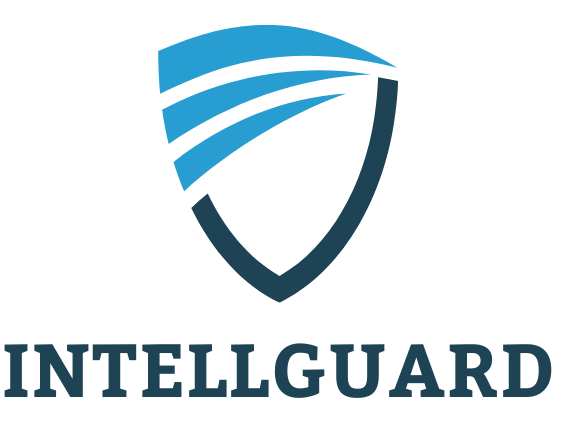Cybersecurity Hygiene for Every User

Cybercriminals continuously develop new malware, viruses, ransomware, and other malicious software.
These threats can infiltrate your devices, compromise sensitive information, and cause significant, sometimes irreversible, damage.
Adopting strong cybersecurity hygiene practices is crucial for safeguarding personal and business data.
Cybersecurity Hygiene Tips Based on The Latest Trends and Threats
Human Error is the Biggest Threat
Mistakes Lead to Breaches: 95% of cybersecurity breaches are caused by human error. This includes clicking phishing links, downloading malicious files, or using weak passwords.
What You Can Do: Be cautious with emails from unknown sources, double-check links before clicking, and avoid sharing personal information online. Enable multi-factor authentication (MFA) on all your important accounts.
Beware of Ransomware
Ransomware on the Rise: Cybercriminals use ransomware to lock you out of your files unless you pay them. These attacks cost healthcare providers millions, and home users are not immune.
What You Can Do: Back up your files to an external drive or a secure cloud service. Avoid downloading software or attachments from unknown sources. Install reliable antivirus and anti-malware software.
Small Businesses at Risk
43% of all cyber attacks target small businesses, as they often have fewer resources for robust cybersecurity defenses. This trend is expected to persist, highlighting the need for affordable cybersecurity solutions for small enterprises.
Small Devices, Big Risks (Smart Home Security)
Smart Home Devices Are Targets: Your smart thermostat, security cameras, and other Internet of Things (IoT) devices can be hacked if not secured properly.
What You Can Do: Change default passwords on smart devices and update their firmware regularly. Use a separate Wi-Fi network for your IoT devices to isolate them from your primary devices.
Click on each title for more information!
1. Keep Software Updated
Regular Updates:
Ensure that your operating systems, software, and applications are always up-to-date with the latest security patches and updates.
Automatic Updates:
Enable automatic updates wherever possible to avoid missing critical security fixes.
2. Use Strong Passwords and Enable Multi-Factor Authentication (MFA)
Strong Passwords:
Create complex passwords using letters, numbers, and symbols. Avoid using easily guessable information such as birthdays or common words.
Password Manager:
Use a password manager to generate and store unique passwords for different accounts.
MFA:
Enable multi-factor authentication for an additional layer of security, requiring a second form of verification beyond just a password.
3. Install and Maintain Antivirus Software
Reputable Antivirus:
Install reliable antivirus software on all devices and ensure it is regularly updated.
Regular Scans:
Schedule regular scans to detect and remove malware and other threats.
4. Secure Your Network
Strong Wi-Fi Password:
Use a strong, unique password for your Wi-Fi network and change the default network name (SSID).
Encryption:
Ensure your router uses WPA3 encryption for better security.
Firewall:
Enable the firewall on your router and devices to block unauthorized access
5. Backup Your Data Regularly
Regular Backups:
Perform regular backups of important data to an external drive or a secure cloud service.
Automated Backups:
Set up automated backups to ensure your data is consistently protected without manual intervention.
6. Be Cautious with Emails and Attachments
Phishing Awareness:
Be wary of unsolicited emails, especially those requesting personal information or containing suspicious links and attachments.
Verify Sources:
Verify the sender’s identity before clicking on links or downloading attachments.
7. Secure Your Devices
Lock Screens:
Enable lock screens on all devices and use strong PINs or biometric authentication (such as fingerprints or facial recognition).
Remote Wipe:
Enable remote wipe capabilities on mobile devices to erase data if the device is lost or stolen.
8. Educate Yourself and Others
Cyber Security Training:
Stay informed about the latest cyber security threats and best practices through reputable sources.
Family and Employees:
Educate family members and employees about the importance of cyber security and safe online behavior.
9. Use Secure Connections
VPN:
Use a Virtual Private Network (VPN) to encrypt your online activities when accessing the internet on public Wi-Fi or other untrusted networks.
Secure Websites:
Ensure websites are secure (look for HTTPS in the URL) before entering sensitive information.
10. Monitor Accounts and Devices
Account Monitoring:
Review your bank statements, credit reports, and online accounts for unusual activity.
Device Monitoring:
Use security software that provides alerts for unusual activity on your devices.
